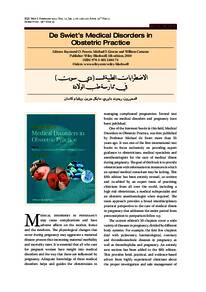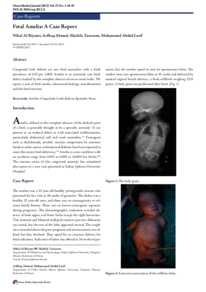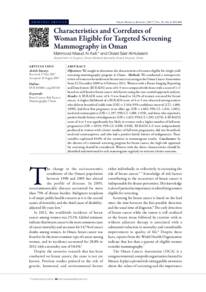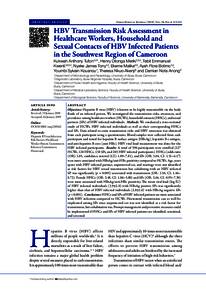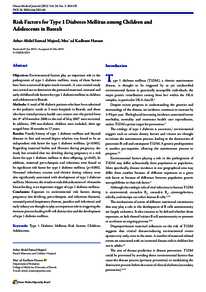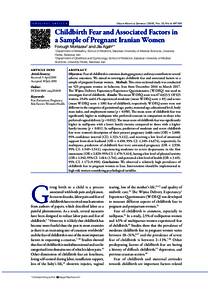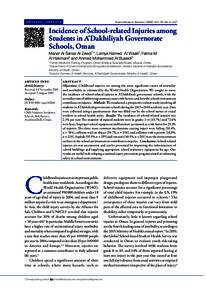Document
Extreme preterm premature rupture of membranes : risk factors and feto maternal outcomes.
Identifier
DOI 10. 5001/omj.2013.28
Contributors
Publisher
Oman Medical Specialty Board.
Gregorian
2013-03
Language
English
English abstract
Objectives: Preterm premature rupture of membranes (PPROM) is defined as a rupture of the amniotic membranes occurring before 37 weeks of gestation and before the onset of labor. Extreme PPROM occurs prior to 26 weeks gestation and contributes to an increased risk of prematurity, leading to maternal and fetal complications. This study aims to estimate the risk factors associated with various maternal complications and to determine the worst outcomes in Omani females with extreme PPROM.
Methods: A retrospective cohort study was conducted on 44 women with extreme PPROM, who delivered at Sultan Qaboos University Hospital (SQUH) from January 2006 to December 2011. Women with incomplete information, multiple gestations, or a preterm delivery resulting from medical intervention, as well as women who delivered elsewhere were excluded from the study.
Results: Forty-four women with extreme PPROM were included in our study. The results revealed the most important risk factor to be history of infection, which was noted in 24 study participants. The mean maternal age was 30 years. The mean gestational age at PPROM and at delivery were 20.7±3.2 (range: 16-26 weeks) and 29.7±7.6 weeks (range: 17-40 weeks), respectively. The maternal complications observed in this study included; infection which was seen in 20 (45%) patients, antepartum hemorrhage in 11 (25%) patients, and cesarean section which was required in 12 (27%) patients. There was no significant association between risk factors such as gestational age at delivery, parity, maternal age at PPROM, or maternal Body Mass Index (BMI) and cesarean section rate. Infection played a major role, both as a risk factor and in causing extreme PPROM, which in turn increased in 12 patients (27%). In the multivariable model for predicting the need for cesarean section (gestational age at delivery, parity, maternal age at PPROM in years and maternal BMI), none of the factors were statistically significant.
Conclusion: Overall, concurrent infection rate was high among patients presenting with extreme PPROM. None of the baseline maternal factors predicted the need for cesarean section. This is likely due to the small sample size; hence, larger prospective studies are needed to confirm these findings.
Member of
Resource URL
Citation
Al-Riyamiyah, Nihal, Al-Ruheiliyah, Intisar, Al-Shezawiyah, Fatma, & Al-Khabori, Murtadha (2013). Extreme preterm premature rupture of membranes : risk factors and feto maternal outcomes. Oman Medical Journal, 28 (2), 108-111.
Category
Journal articles




